Just as a film editor helps shape a director's vision, you can offer podcast production services that bring creators' audio aspirations to life. With over 800,000 active podcasts in the US alone, the demand for skilled editors and producers is rising. By offering your services on a freelance basis, you can tap into this growing market and generate a fulfilling side income.
So, how does this side hustle work, and how can you implement it effectively?
1. Identify the Services to Offer:
To begin, consider the specific services you can provide. These may include:
- Audio Editing: Cleaning up and enhancing audio quality.
- Show Notes: Writing summaries and timestamps for episodes.
- Sound Design: Adding sound effects, intros, and outros.
2. Acquire the Necessary Equipment and Software:
To deliver high-quality podcast production services, you'll need some essential tools:
- Microphone: A good quality microphone for recording voiceovers or interviews.
- Headphones: Reliable headphones for precise audio editing.
3. Build Your Portfolio:
Before you can attract clients, you'll need to showcase your skills. Start by:
- Creating Sample Work: Produce sample episodes or offer free services to friends and family to build a portfolio.
4. Find Clients:
There are several ways to find clients for your podcast production services:
- Freelance Platforms: Websites like Upwork, Fiverr, and Freelancer are excellent places to start.
- Networking: Join podcasting communities on social media and attend virtual or local events to connect with potential clients.
5. Price Your Services:
Set competitive and fair pricing for your services. Research what others in the field are charging and consider offering package deals for multiple episodes or ongoing production work.
By systematically following these steps, you can effectively start and grow your podcast production side hustle, turning your passion for audio into a lucrative and fulfilling venture.
Identifying Your Target Market
Identifying Your Target Market
As you consider offering podcast production services as a side hustle, identifying your target market is the first critical step.
You'll need to determine who your ideal clients are and what specific needs they've that you can fulfill.
Start by conducting a demographic analysis to better understand your potential clients.
What age range are they in?
What industries or niches do they operate in?
What're their pain points when it comes to podcast production?
Setting Up Your Business Entity
To turn your podcast production side hustle into a legitimate business, you'll need to establish a formal business entity that separates your personal and professional finances. This involves business registration, which requires you to choose a business structure that suits your needs, such as a sole proprietorship, partnership, or limited liability company (LLC).
You'll also need to consider legal aspects, such as contracts and agreements, as well as tax implications, including income tax and self-employment tax. Additionally, exploring insurance options to protect your business from potential risks is crucial.
| Business Structure | Key Considerations |
|---|---|
| Sole Proprietorship | Easy to set up, but offers no liability protection |
| Partnership | Shared ownership and decision-making, but can be complex |
| Limited Liability Company (LLC) | Offers liability protection and tax flexibility |
Establishing a solid operational structure and branding strategy will also help you build a strong foundation for your side hustle. By taking these steps, you'll be able to establish a professional and legitimate podcast production services business that attracts clients and helps you achieve your goals.
Building a Client Acquisition Strategy
With your podcast production services side hustle set up, it's time to focus on finding clients and growing your business by building a solid client acquisition strategy that effectively targets and attracts potential customers.
To do this, you'll need to develop lead generation strategies that work for your hustle. This could include creating valuable content on social media, attending industry events, or leveraging your existing network to get the word out about your services.
Identify networking opportunities where you can connect with potential clients, such as podcast conferences, online communities, or local meetups. These events can be a great way to build relationships with potential clients and showcase your expertise.
You can also offer free consultations or assessments to prospective clients, allowing them to experience your expertise firsthand. By building a strong client acquisition strategy, you'll be able to attract a steady flow of clients and grow your podcast production services side hustle.
Developing Your Service Offerings
Now that you have a solid client acquisition strategy in place for your podcast production side hustle, it's time to focus on developing your service offerings.
You'll want to define your core services, such as editing, mixing, and sound design, and consider how you can bundle them into tiered packages to meet the diverse needs of your clients.
Defining Core Services
Defining Core Services
As you lay the groundwork for your podcast production side hustle, defining your core services is essential to differentiating yourself from competitors and attracting clients who are willing to pay for your expertise.
By focusing on your core competencies, you'll establish a strong foundation for your side hustle and create a unique selling proposition that sets you apart from others. This service differentiation will help you stand out in a crowded market and attract high-quality clients.
To define your core services, consider the following:
- Audio editing and mixing: Will you offer basic editing services or advanced mixing and mastering?
- Music and sound design: Will you create custom music or offer pre-made tracks, and do you have the skills to design sound effects?
- Content strategy and planning: Will you help clients plan and develop their podcast content, or focus solely on production?
Creating Tiered Packages
Maximize your podcast production side hustle's earning potential by developing tiered packages that cater to different client needs and budgets. This approach allows you to offer flexible and scalable services that showcase your expertise. By creating tiered packages, you enable potential clients to choose the level of service that best fits their requirements and financial constraints.
When developing your tiered packages, consider offering varying levels of service, such as basic, premium, and enterprise. Each tier should include a clear description of the services provided, such as editing, mixing, and mastering, as well as any additional services like transcription or research.
Additionally, consider offering package customization options to allow clients to tailor your services to their specific needs. Collecting client feedback is also essential in refining your tiered packages, ensuring they meet the evolving demands of your clientele.
Creating a Pricing Structure
Now that you have a solid grasp of the services you'll offer in your podcast production side hustle, it's time to figure out how you'll get paid for them.
To create an effective pricing structure, you'll need to determine your hourly rate, consider offering package deals, and develop a pricing tier structure that meets the needs of various clients.
Determining Hourly Rate
Determining your hourly rate is a crucial step in creating a pricing structure that allows your podcast production side hustle to generate consistent and profitable income.
You'll want to set a rate that reflects the value you bring to clients while also ensuring you're earning a fair income.
To determine your hourly rate, consider the following factors:
- Conduct market research: Look at the rates other podcast producers are charging in your industry. This will give you a baseline to work from and help you understand what clients are willing to pay.
- Calculate your costs: Consider the time and expenses involved in delivering your services, such as equipment, software, and marketing expenses.
Package Deal Options
A well-crafted package deal pricing structure is essential for attracting and retaining clients in your podcast production side hustle, as it allows them to clearly understand the value they'll receive for their investment. You want to make sure your clients feel confident in their purchasing decision.
Here's an example of package deal options for your podcast production side hustle:
| Package | Services Included |
|---|---|
| Starter | 30-minute podcast editing, mixing, and mastering; basic sound design |
| Premium | 60-minute podcast editing, mixing, and mastering; advanced sound design; music composition |
| Elite | 90-minute podcast editing, mixing, and mastering; advanced sound design; music composition; video podcast editing |
To further enhance your package deal options, consider offering customization to cater to specific client needs. You can also integrate client feedback into your packages to ensure you're delivering the best possible service. By doing so, you'll demonstrate your commitment to client satisfaction and build trust with potential clients. This flexibility will set you apart from competitors and make your podcast production side hustle more attractive to potential clients.
Pricing Tier Structure
With your side hustle package deal options in place, you'll need to assign a price to each tier, and that's where a well-thought-out pricing tier structure comes into play, enabling you to effectively communicate the value of your services to clients.
To create a pricing structure that resonates with your target market, you'll need to conduct a competitive analysis. Research others in your niche and identify gaps in the market that your side hustle can fill. This will help you differentiate your offerings and create a unique value proposition.
Consider the following factors when creating your pricing tier structure:
- Cost-plus pricing: Calculate the costs associated with delivering your services and add a markup to determine your prices.
- Value-based pricing: Price your services based on the value they provide to clients, such as increased brand awareness or lead generation.
- Tiered pricing: Offer different pricing tiers with varying levels of service to cater to different client needs and budgets.
Essential Equipment and Software
To start producing high-quality podcasts as a side hustle, you'll need to invest in the right equipment and software, which can range from affordable, entry-level options to more advanced, professional-grade tools.
When it comes to recording, you'll need a good microphone. There are several microphone types to choose from, including USB microphones like the Blue Yeti or Rode NT-USB, which plug directly into your computer, or dynamic microphones like the Shure SM7B, which require a separate audio interface.
For editing, you'll need audio editing software. Popular options include Adobe Audition, GarageBand, and Logic Pro X. These programs allow you to import, edit, and mix your recordings, as well as add music, effects, and other elements to enhance your podcast. You'll also need a computer or recording device with enough storage and processing power to handle demanding audio editing tasks.
Investing in quality equipment and software will pay off in the long run, as it will allow you to produce professional-sounding podcasts that will engage and retain listeners.
With the right tools at your disposal, you'll be able to deliver high-quality results to clients and build a reputation as a reliable podcast producer. This can help you turn your podcasting side hustle into a profitable venture, providing you with a steady stream of extra income.
Streamlining the Production Process
Streamlining Your Podcast Production Side Hustle
As you embark on producing podcasts regularly as a side hustle, streamlining your production process becomes essential to delivering high-quality episodes efficiently, especially when balancing other commitments.
You'll want to optimize your production workflows to guarantee consistency and accuracy in every episode. Effective content management is key to achieving this goal.
To streamline your podcast production side hustle, consider the following strategies:
- Develop a template: Create a standard template for your podcast episodes, including intros, outros, and segment shifts. This will save you time and guarantee consistency across episodes, allowing you to focus on other aspects of your side hustle.
- Create a style guide: Establish a style guide for your podcast, outlining formatting, tone, and language usage. This will help you maintain a consistent brand voice and reduce editing time, making your side hustle more manageable.
- Implement a project management tool: Utilize a project management tool to track episode progress, assign tasks, and collaborate with any team members. This will help you stay organized and ensure timely delivery of episodes, keeping your side hustle on track.
Quality Control and Assurance
Establishing a rigorous quality control process is the next logical step in fine-tuning your podcast production side hustle. This allows you to detect and fix errors before they affect your episodes' overall quality and your listeners' experience. To achieve this, you need to set clear quality standards for each stage of the production process, from recording to editing and finalizing.
Develop a checklist or a framework that helps you evaluate every episode, including sound quality, audio mixing, editing, and metadata.
In addition, creating feedback loops can help refine your quality control process over time. Share your podcasts with fellow creators, potential listeners, and even offer opportunities for others to evaluate them and share their comments with you. This provides constructive criticism you can work from.
Reviewing how long episodes spend in various states, gathering feedback regarding areas of possible improvement, or simply having this feedback may point to ways to upgrade services to serve your own or customer demands or wishes further.
Quality improvement efforts contribute to raising episodes' professional standards, which is essential to grow your credibility among your audiences and establish a successful side hustle in podcast production.
Marketing and Scaling Your Services
Your podcast production side hustle needs a solid marketing strategy to reach potential clients and grow your business, helping you turn your passion into a profitable venture.
You'll want to create a plan that showcases your services and attracts new customers. To get started, focus on building a strong online presence through social media strategies and networking opportunities.
Here are three ways to market and scale your podcast production side hustle:
- Develop a niche expertise: Specialize in a specific genre or type of podcast, such as true crime or comedy, to stand out from the competition and attract clients who are looking for specialized services.
- Leverage social media: Use platforms like Twitter, Instagram, and LinkedIn to promote your services, share your work, and engage with potential clients and industry professionals.
- Attend podcasting events: Take advantage of networking opportunities at conferences, meetups, and workshops to connect with other podcasters, learn about new trends and technologies, and showcase your services.
Conclusion
By diving into the world of podcast production services as a side hustle, you'll explore the potential for this endeavor to become both fulfilling and financially rewarding.
You'll find that focusing on niche markets and customizing your services to address specific needs not only boosts your income but also enhances your enthusiasm for audio editing and content creation.
Following this path offers a flexible way to expand your portfolio, engage with the podcasting community, and open doors for future collaborations.
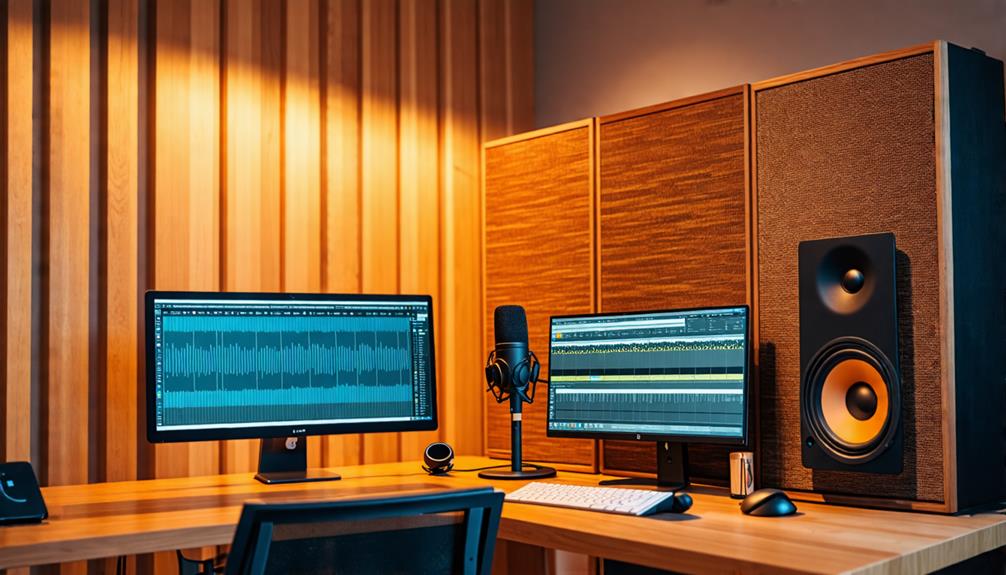



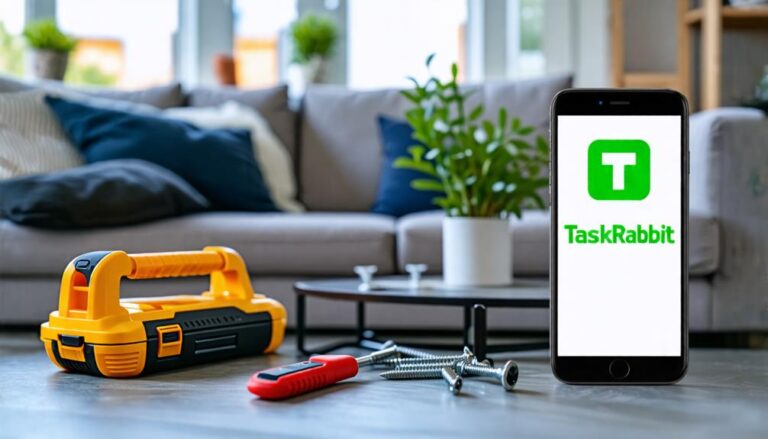










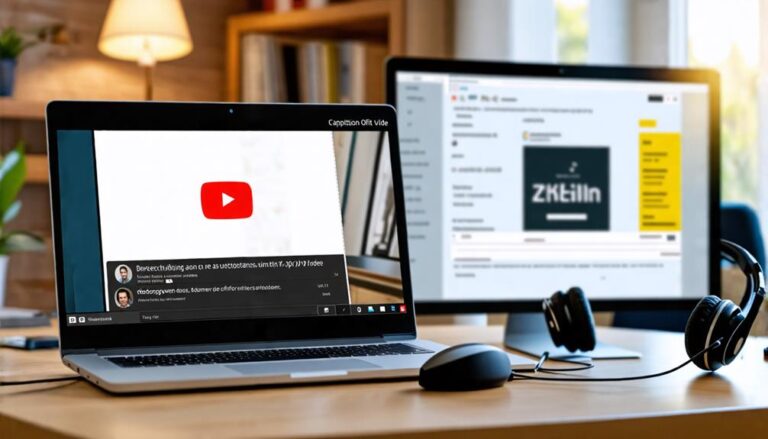



















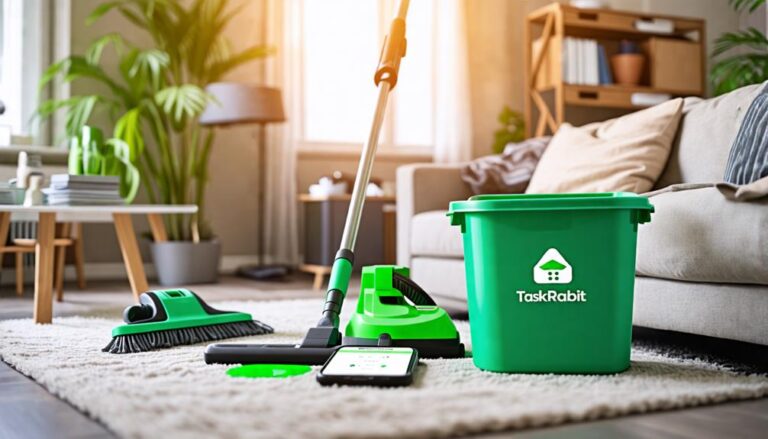








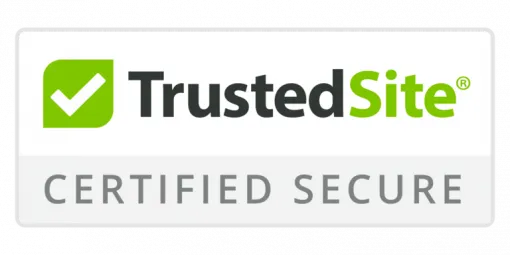



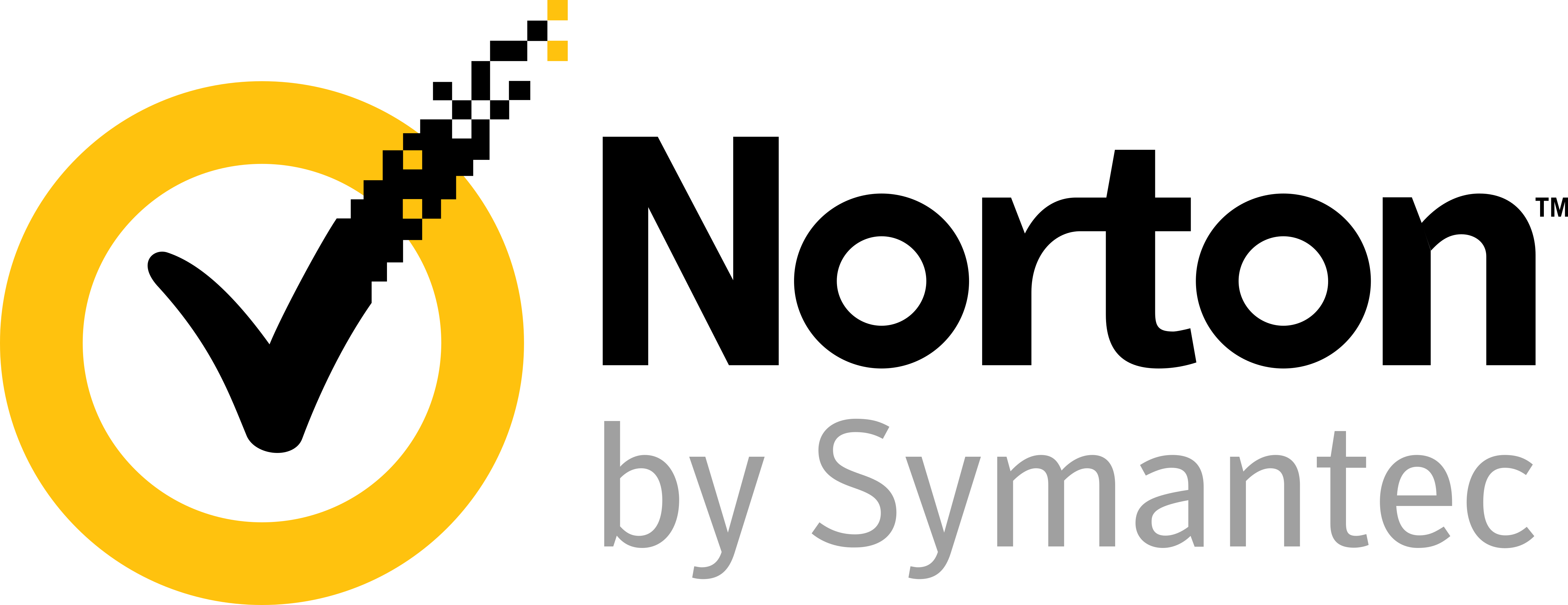
0
View comments